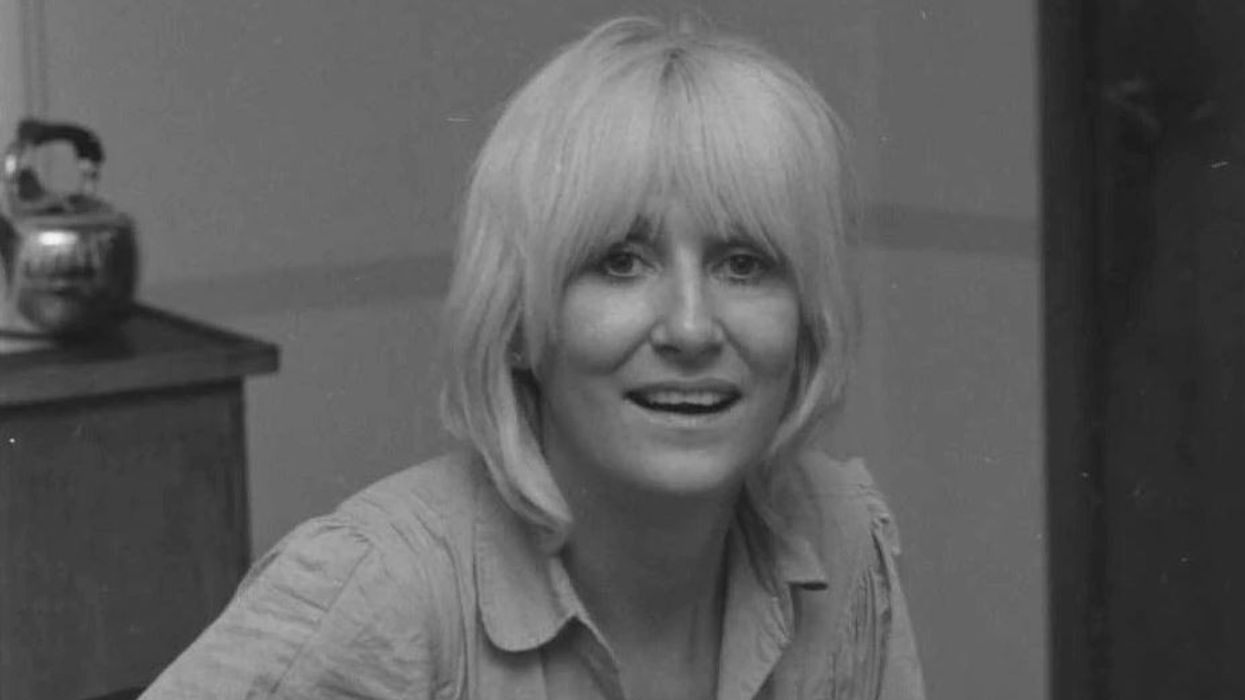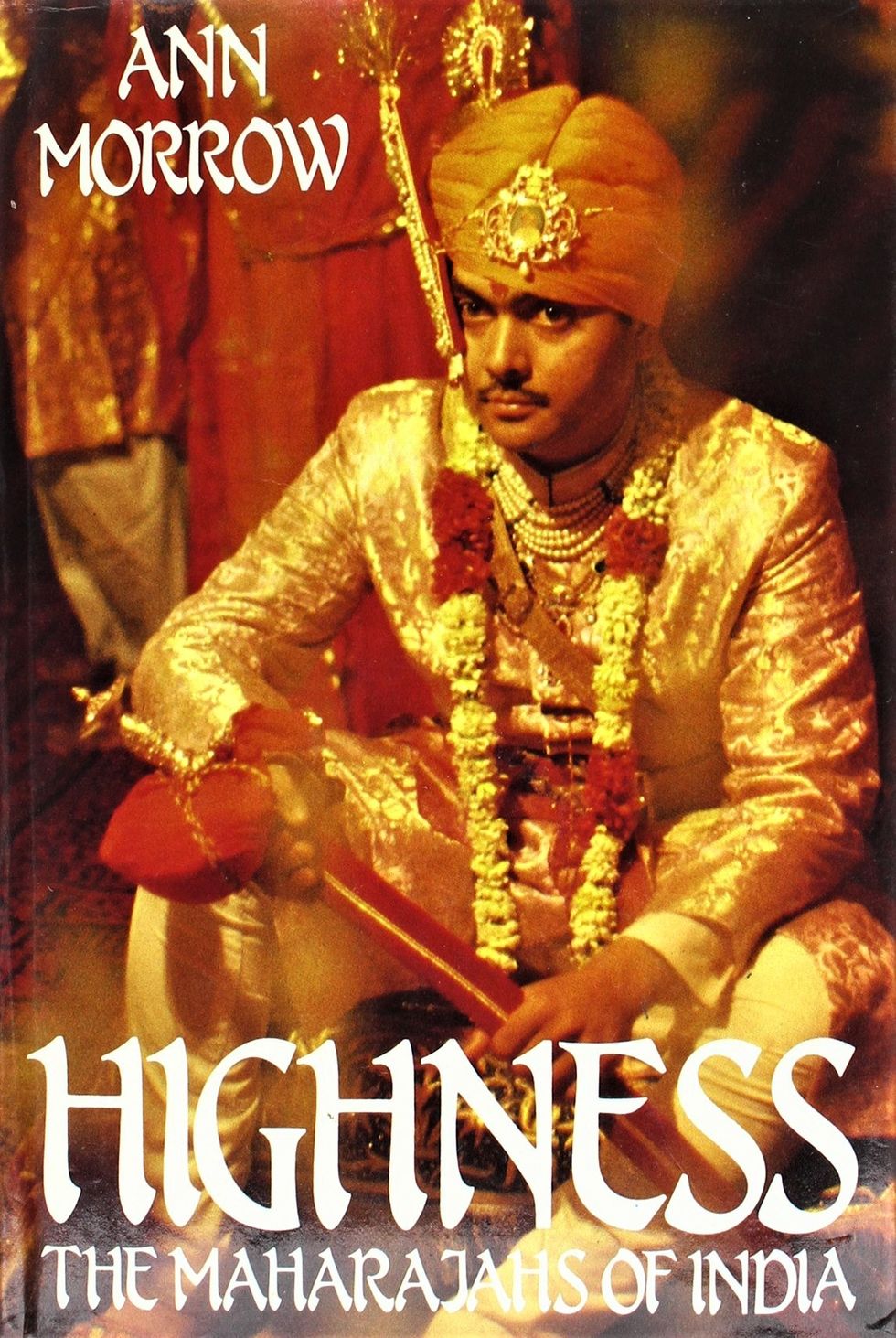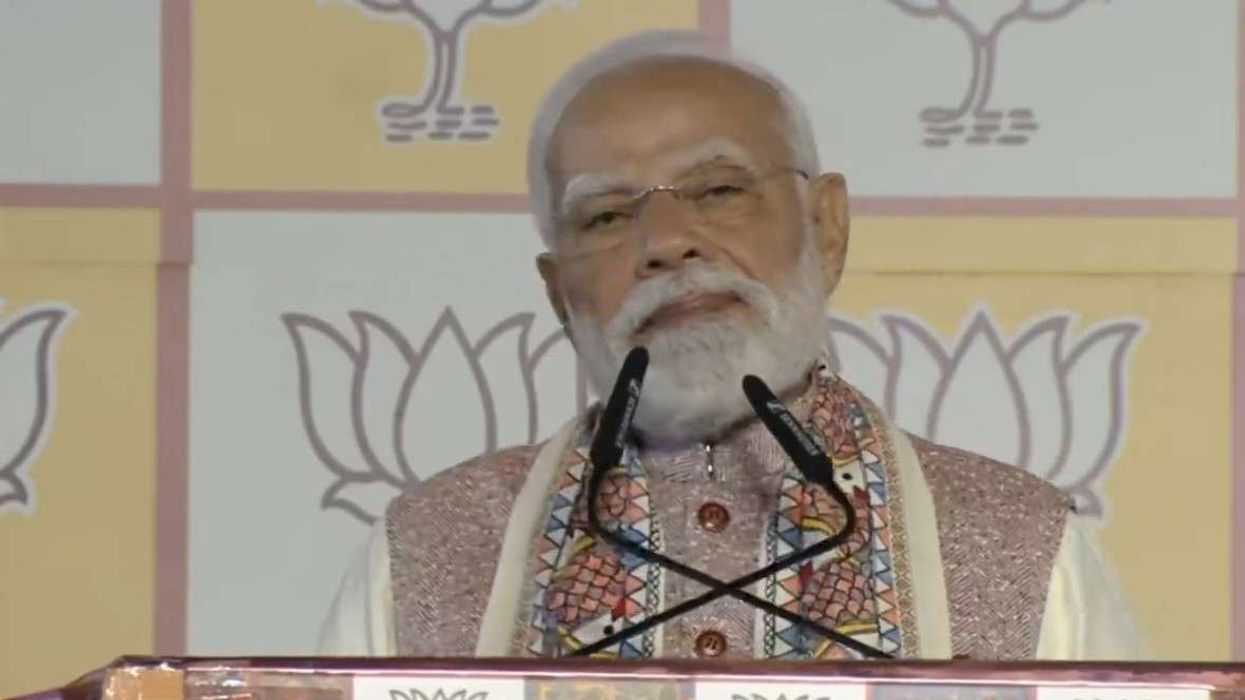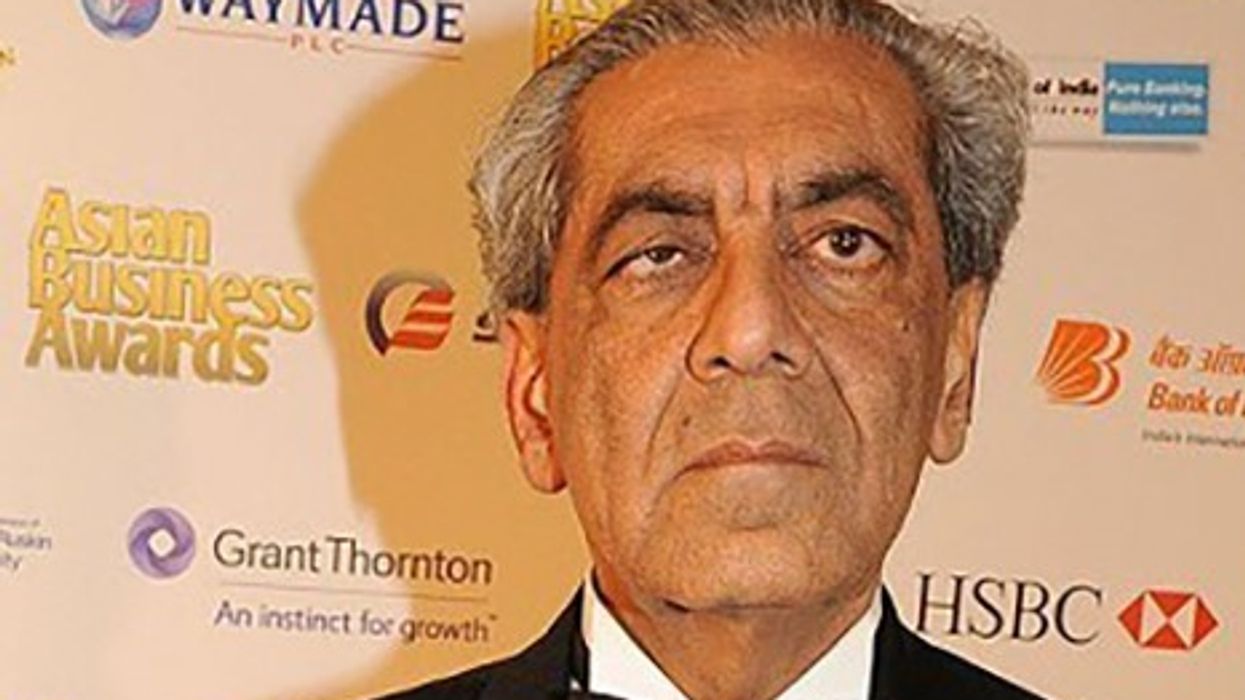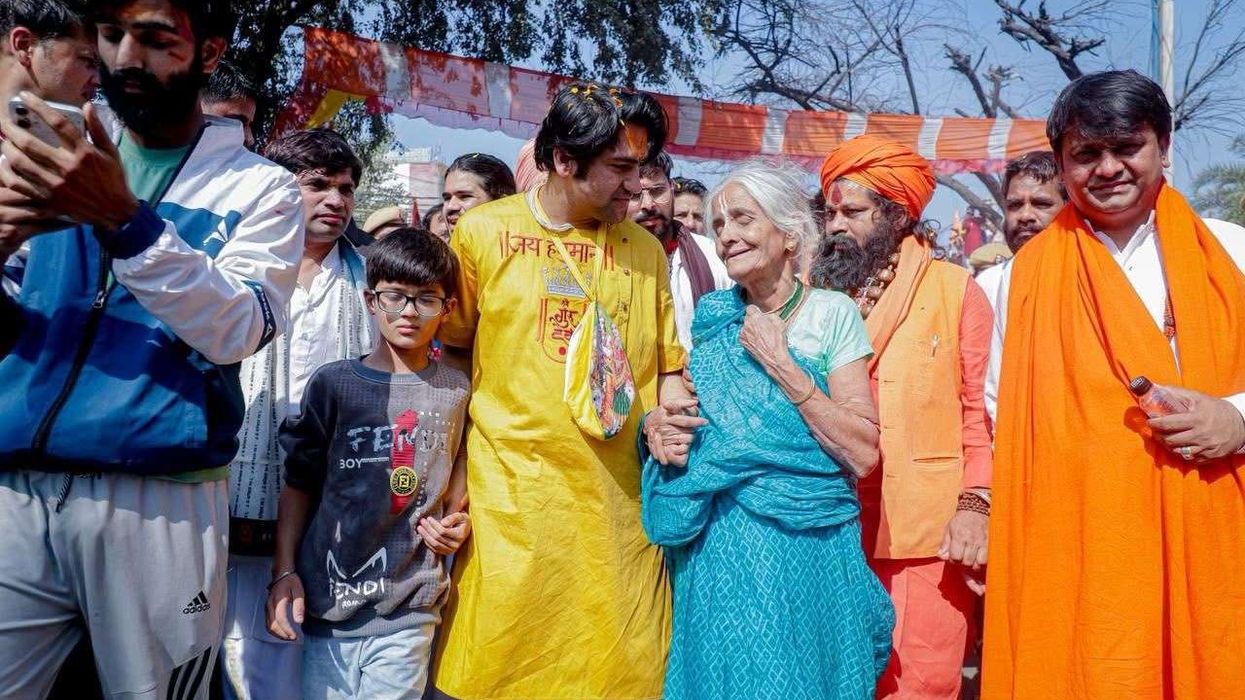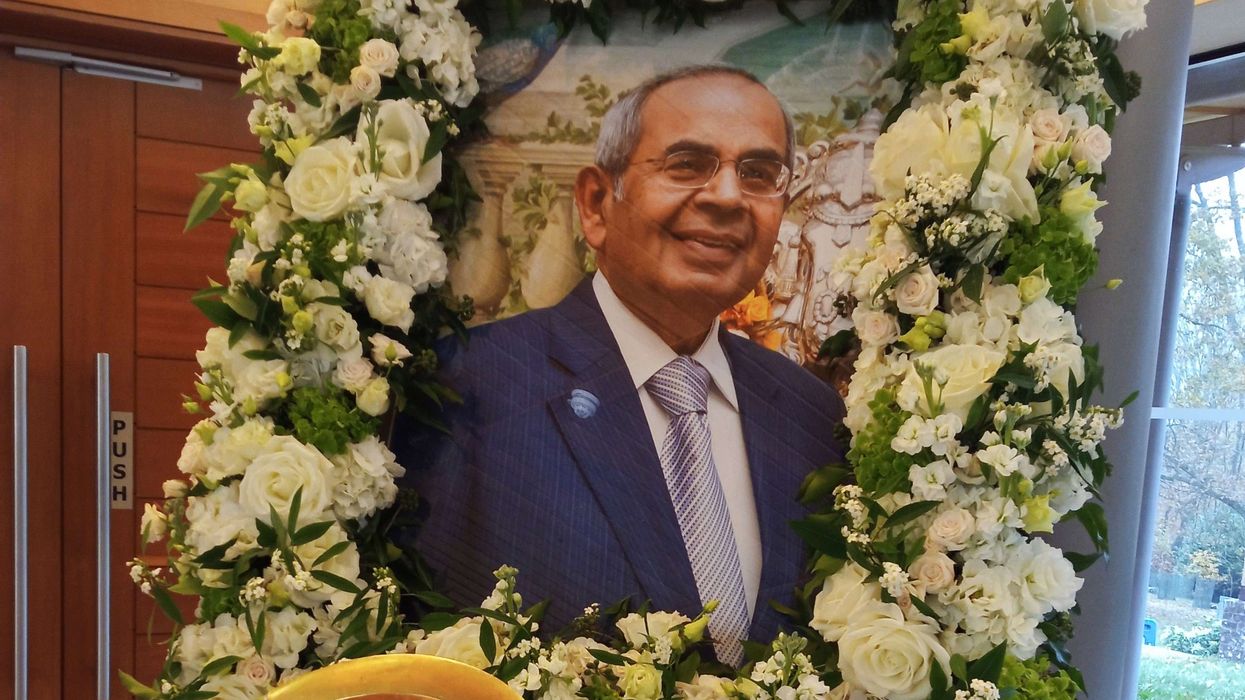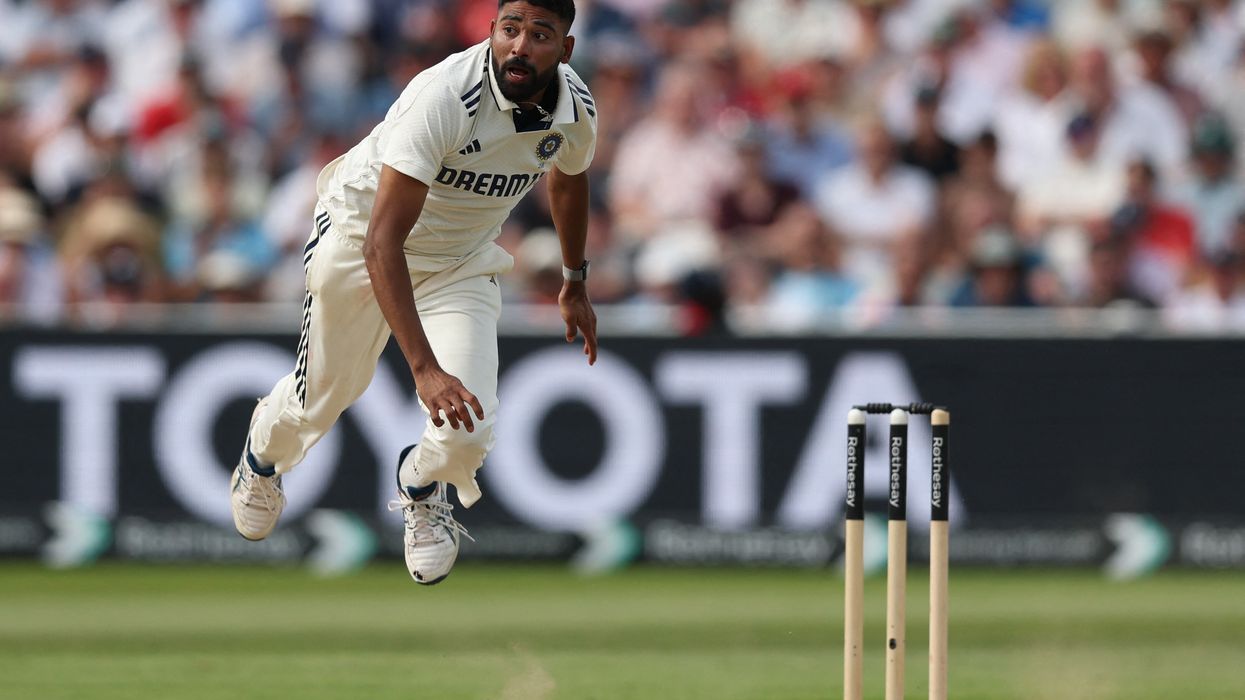THE journalist Ann Morrow, who has died, aged 86, was close to some of India’s premier princes, resulting in her readable 1986 book, Highness: The Maharajahs of India.
Although not a conventional history of the princely order, the book gives an insight into how 565 princes, who ruled a third of India until 1947, adapted to the departure of the British after independence.
In many cases, they failed to cope with the radically altered politics of the new India and faded into insignificance.
In the 1970s and early 1980s, Morrow travelled the world following the Queen as The Daily Telegraph’s royal correspondent.
She was married twice – first to Arthur Brittenden, editor of the Daily Mail, and
later to Gay Fenn-Smith, a soldier, diplomat and businessman, who died last year.
In marked contrast to the remoteness of the British royal family, the Indian princes responded warmly to Morrow’s charm and lavished their legendary hospitality on the writer from London.
In her introduction to her book, she had a long list of people to thank. Foremost among them was Lt-Col Fatehsinghrao Prataprao Gaekwad, “a wise friend and mentor”. In his western circle, he was known as “Jackie”.
A former first-class cricketer, he was included in the BBC Test match reporting team, where Brian Johnston (“Jonners”) would address him as “Prince”.
Morrow wrote that his “600 servants dwindled to 300, and today the Gaekwad has a staff of 150 who are devoted to him.
‘I don’t need so many servants,’ he says, ‘but I must look after these people.’”
Others to whom Morrow had access included Gayatri Devi, the Maharani of Jaipur, who had been photographed by Cecil Beaton and was rated as one of the most beautiful woman in the world.
She also thanked Maharana Arvind Singh of Mewar (“for his great kindness”)– many journalists, who stayed at the lake Palace in Udaipur, invariably received a crested invitation from him to have drinks in his quarters in the imposing City Palace.
There was also the Eton and Oxford-educated Maharajah of Jodhpur (“Bapji”), whose imposing home, Umaid Bhavan, was turned into a luxury hotel (used by Elizabeth Hurley to celebrate her 2007 wedding to Arun Nayar).
Morrow also met the late Nawab of Pataudi, who was cricket captain at Winchester and later captained Oxford and then India at the age of 21. He married the actress Sharmila Tagore, who made her debut in Satyajit Ray’s Apur Sansar (The World of Apu).
The most intellectual of the princess Dr Karan Singh, whose father, Hari Singh, Maharajah of Kashmir, chose to merge his state into the Indian union in1947, leading to the “Kashmir dispute”.
Those who helped Morrow included MM Kaye, author of The Far Pavilions; and Lady Pamela Hicks, daughter of Lord Mountbatten, the last Viceroy of India.
“Once there were 565 Princes in India,” Morrow’s book begins. “They were bewitching, wanton, cruel, exotic, mischievous, imperious, generous, lovable, ascetic, subtle, charming and hedonistic…Swimming pools were filled with champagne to celebrate their birth…They were like Renaissance Prince, they ruled over one-third of India and were gods to their people…
Opposite ‘Occupation’ in their red passports, it said ‘Ruler’. They loved dhoomdham, the ceremonial, the gun salutes.” At the time of independence, the Indian princes were brought screaming and kicking into the Indian union by the country’s “Iron Man”, Sardar Vallabhbhai Patel.
In exchange, they kept their titles and were given a privy purse, red, diplomatic passports, and certain privileges.
But in 1971 prime minister Indira Gandhi revoked Vallabhbhai’s solemn deal and privy purses were abolished by the 26th amendment of the Indian Constitution.
“The Princes became commoners on January 1, 1972,” Morrow noted. “Misters now, never Maharajah, Maharana, Nawab, Nizam or Jam Saheb again. They lost their titles, their privy purses, and their privileges.”
Morrow’s book makes it clear that the princes were apprehensive that the departure of the British would render them largely irrelevant in an independent India– as proved to be the case.
“Royal India was powerful; it spread over half a million square miles and a quarter of the 300 million population lived in princely states. At its peak, the British Raj still only controlled three-fifths of India,” Morrow pointed out.
“During the Mutiny in 1857, the loyalty of some of the princes was in doubt. The Crown took over from the East India Company and Queen Victoria became empress of India.
“But princely India was not impaired because they always believed the Viceroys were their friends. Far from feeling dominated by an imperial power, they were flattered by meaningless pomp… They were honoured with gun salutes graded according to their wealth, which made them bicker like children. The lowest was a Rajah with nine, while a select few, a Nizam and four Maharajahs, had 21; still a long way from the Viceroy’s 31 and the King’s 101.
“Under the influence of the Raj, the rulers became divorced from their people. Some were brilliant; the Barodas, the Mewar dynasty of Udaipur, Bikaner, Patiala and Bhopal all had vision.
“Close to the British Crown, the rulers responded fulsomely in both world wars. Indian casualties in World War I amounted to 121,598 men, ‘fighting side by side with Tommy Atkins against the hordes of the Kaiser’. There was nothing to match their courage.”
A message by the last viceroy, Lord Mountbatten, to the princes at a meeting on July 25, 1947: “His message was simple. India was moving inexorably towards independence. The princes must make their peace with Congress leaders and decide whether they would be integrated with Pakistan or India. After August 15, they must no longer think of him as their Crown representative; he would remain sympathetic, of course, but would be powerless to help them.”
She revealed: “Some of the princes had no idea how much jewellery they possessed and did not keep inventories. Then they became upset when there was no record. The Maharajah of Nabha, Sir Pratap Singh, sued the Crown jewellers, Garrard, for alleged detention of eleven parcels of jewels, including 175 diamonds, 203 rubies, 11 pearls, 256 emeralds and 19 suites of emerald, ruby, diamond and pearl necklaces, bracelets and earrings.
John Davies of Garrard said the matter was settled. ‘No need to bring that up,’ he countered briskly. ‘Indeed, one of our staff went out to stay at the palace.’”
During the state of emergency that Mrs Gandhi imposed in 1975, the prime minister took special pleasure in locking up the Maharani of Jaipur in Delhi’s notorious Tihar jail for six months, although the two women had known each other since their school days in Santiniketan.
Khushwant Singh, although generally a supporter of Mrs Gandhi, once explained: “Indira could not stomach a woman more good-looking than herself and insulted her in Parliament, calling her a bitch and a glass doll. Gayatri Devi brought the worst out in Indira Gandhi.”
Morrow quoted the Maharana of Udaipur as saying: “Our children, especially our sons, must have the sort of education which does not ignore their heritage. It is important for them to know who they are. Mayo (College) will create the right atmosphere. It is really like Eton and Doon (School) is more like Winchester.”
